Your Lighting Could be Completely Throwing the Appearance of Your Green Paint — Here is How to Mitigate Its Effects
Exactly how does light affect green paint? Here's what you need to know to be able to choose the right shade for your home's lighting scheme
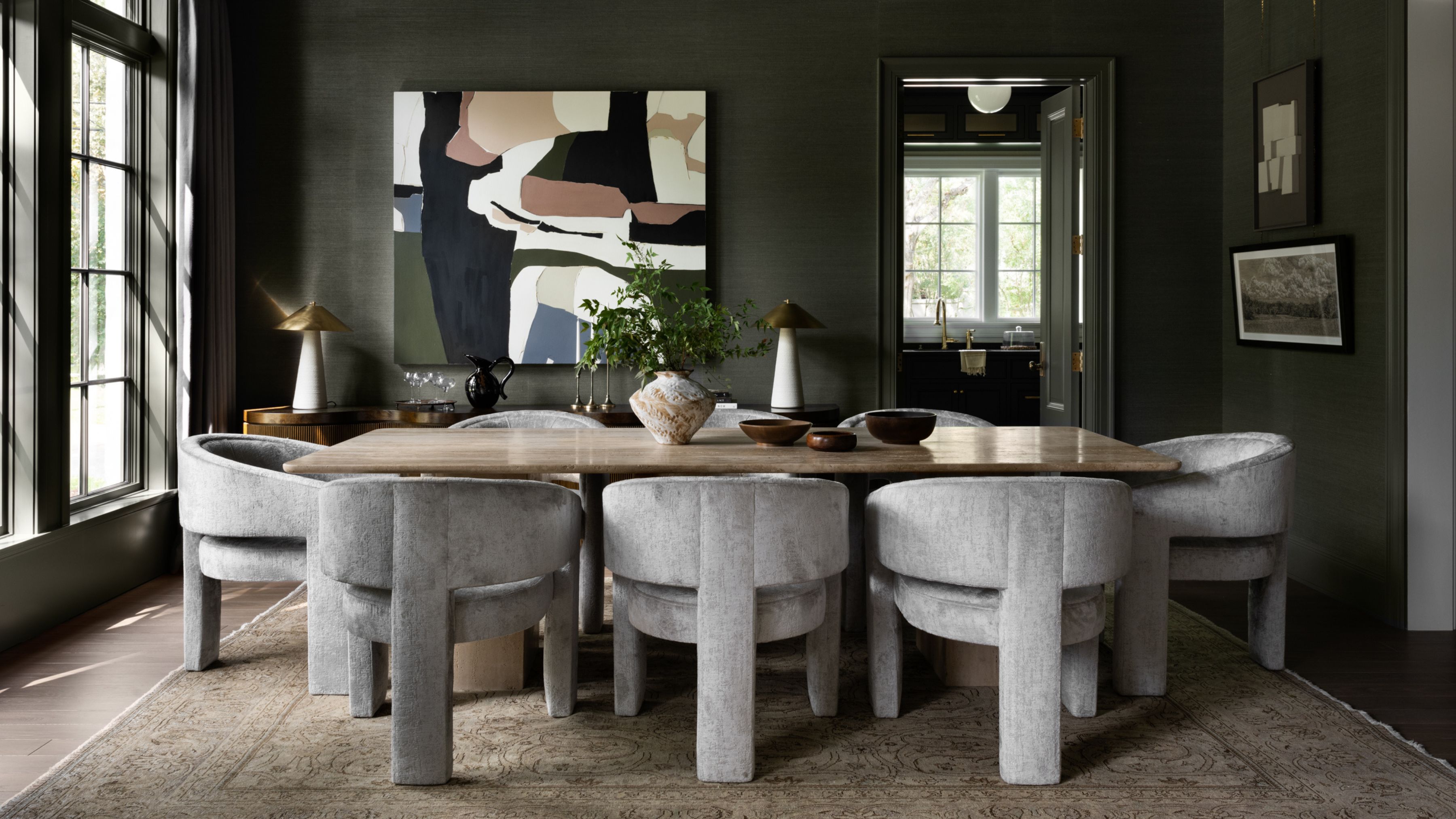

Have you ever chosen a shade of green because you saw it in someone else's space, but can't quite work out why it looks so different in yours? It turns out light can have a huge impact on the way this color appears in a room, and that's something you need to consider before committing.
Whether you are mulling the best green paint for your kitchen, living room, bathroom, or home office, there is so much to think about when it comes to choosing the right shade. Everything from the other colors in the space, to the way you use the room needs to be taken into account.
Light — whether natural or artificial — has an enormous effect on the appearance of green paint, so below, we've explained how it all works, and more importantly, how to choose the best shade for all your green room ideas and their specific lighting.
Firstly, how does light affect color?
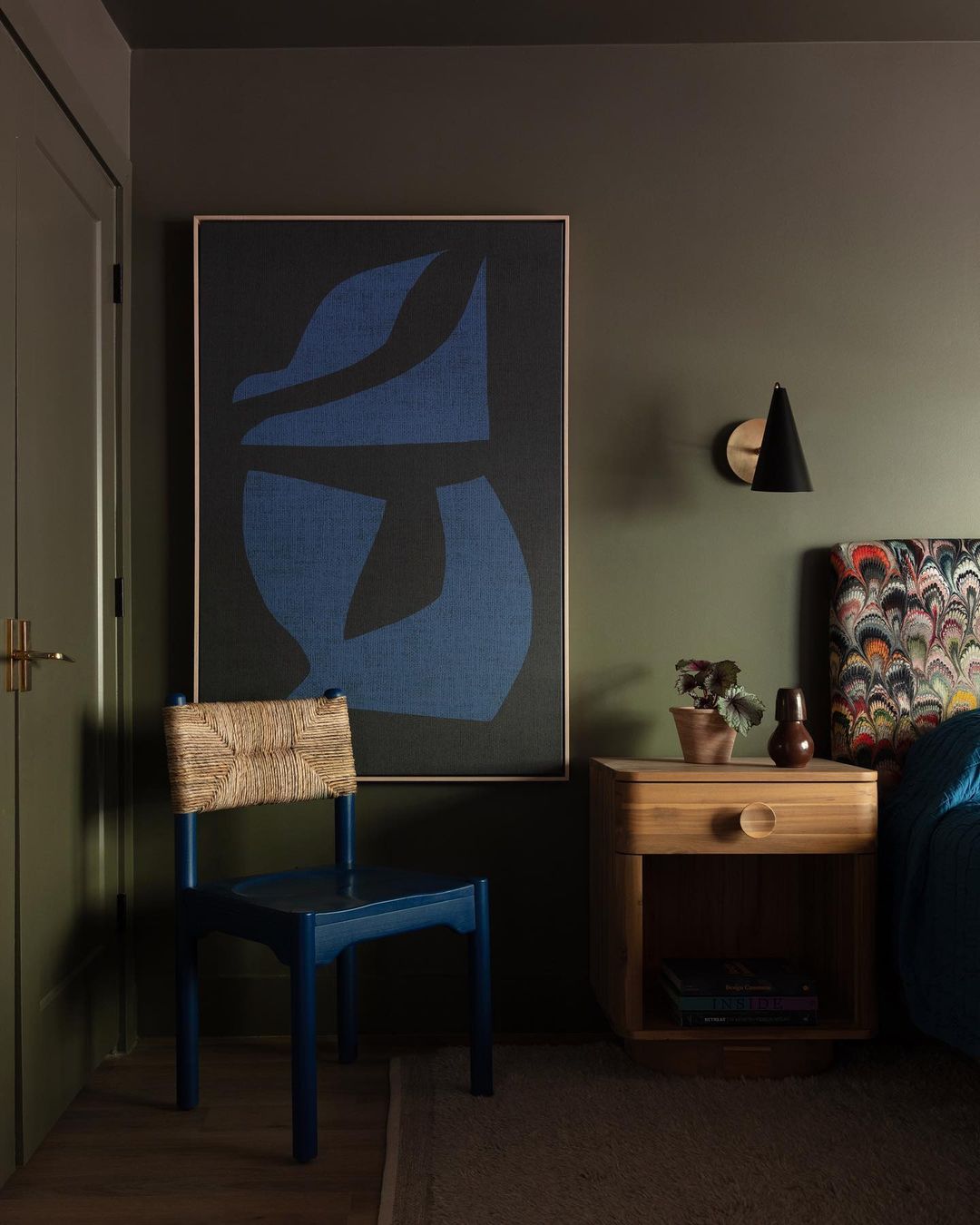
Whether you are looking for the best olive green paint or are drawn to zingy shades of lime, before digging into how light affects the way green paint specifically looks, it is useful to understand the role it plays in changing the appearance of paint colors in general.
"Lighting interacts with paint by altering its hue, intensity and perception," begins Craig & Rose's interior designer and color consultant, Flora Hogg. "Natural light tends to enhance the true color of paint on walls, however artificial lighting can cast warm or cool tones depending on the bulb, affecting the overall color perception. That said, even natural lighting can vary due to the direction of light, geographic location, weather, season and time of day."
"The technical term for this phenomenon is 'illuminant metamerism'," explains Trina Rogers, owner of Five Star Painting of Temple, a Neighborly company. "It simply means that colors may take on different hues when viewed under different light. This is an important consideration because, for example, the cool, new shade that you love at the paint store might not look as great as expected on your dining room walls. Or maybe it looks fantastic in your dining room but has a little too much pop in the family room."
How does natural light change green paint?

Just as mirrors in differently lit rooms can completely change your own appearance and skin tone, so too will natural light change the appearance of green paint throughout the day.
"Natural light significantly changes the appearance of green paint, especially shifting its tone," confirms interior designer Victoria Holly of US-based Victoria Holly Interiors. "In rooms with a lot of natural light, green paint often appears brighter and more vibrant."
"In a room with lots of direct natural light, greens with yellow undertones can look warmer, and may even read a bit more green-yellow," adds Trina Rogers. "Alternatively, in a north-facing room with minimal lighting, cooler greens can reveal more of their blue undertones."
The paint finish you opt for will also play a role here, either lessening or heightening the effect of natural light to a certain degree — it's definitely something to think about when deciding between matte vs gloss paint.
"Reflective sheens reflect the light source more," explains Dara Greaney, CEO and founder at LED Light Expert. "Unless you have a house with kids (where a washable finish is preferable) look for a more matte finish to lessen the impact."
Price: $49/750ml
This lively yet elegant copper green has been designed to react beautifully under a range of different lights and it looks particularly vibrant when teamed with lighter shades. The Dead Flat finish has just a 2% sheen to give the color maximum impact.
How does room orientation alter the appearance of green paint?
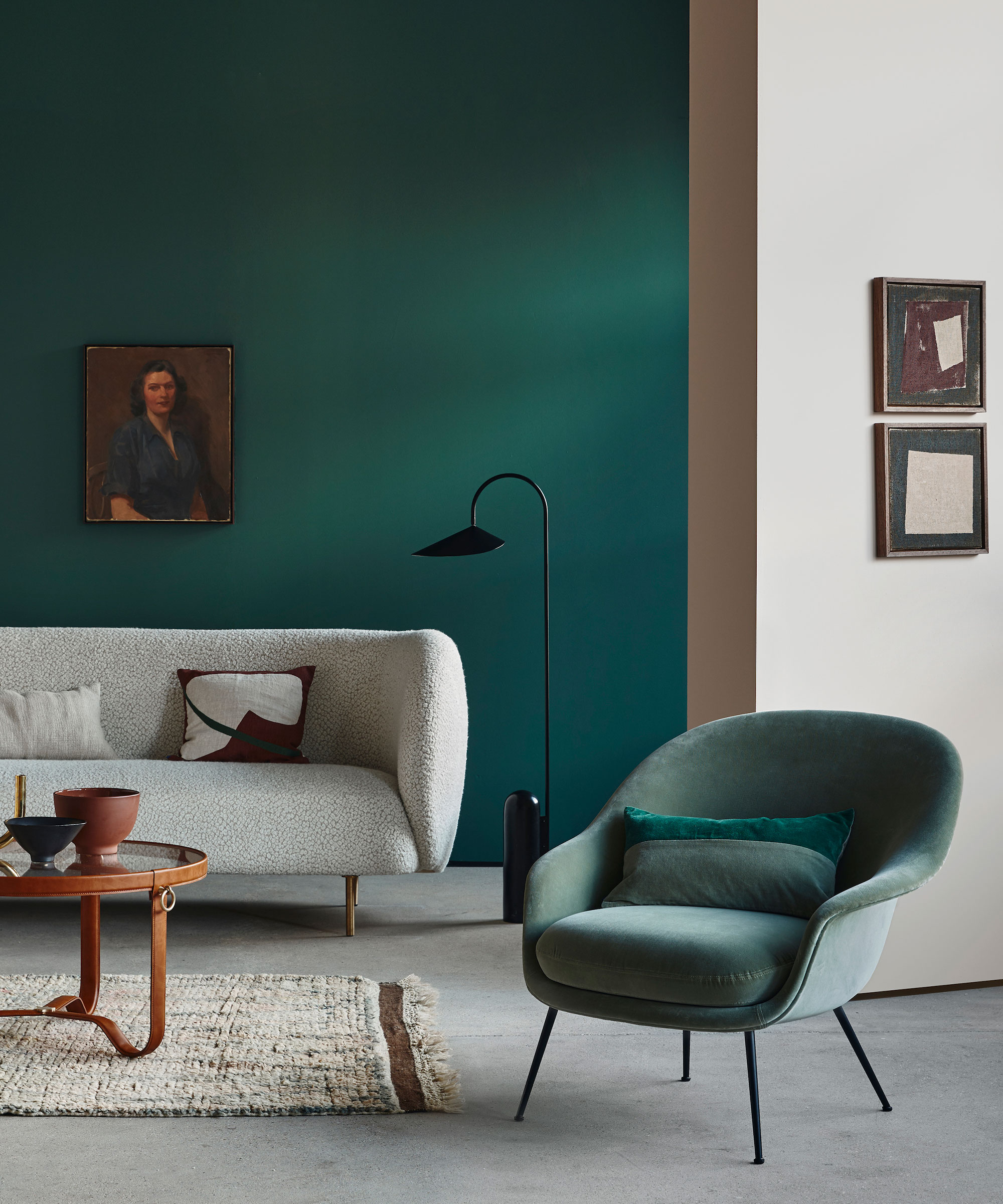
It isn't just the amount of natural light that plays an important role in the vibrancy or general look of green paint in a room — a lot also comes down to the type of light the space receives. Understanding this can help you choose the right shade of green for each room.
"The direction of the sunlight matters," explains Victoria Holly. "North-facing rooms receive cooler and more diffused light, so your green will appear darker and more muted. For south-facing rooms, with warm consistent sunlight, green shades will appear more saturated. And for east and west-facing rooms, expect the colors in these rooms to change throughout the day."
"Warmer light can bring out the natural earthy hues of dark greens and the bright, spring-like tones of light green," adds Flora Hogg. "However, spaces with lower light or more cool-toned light sway greens towards a cooler, bluer color temperature."
How does artificial light change green paint?

But it isn't just natural light that you need to take into consideration when selecting the right shade of green — your choice of artificial lighting scheme will also have a part to play.
"If the green paint color you really like seems a little off in your home, take a look at your light bulbs," suggests Trina Rogers. "Different types of bulbs can change the way the paint color looks in the home."
A good lighting scheme, no matter the room, will take a layered approach, incorporating a minimum of three types of light: background (ambient), task, and accent lighting, to highlight certain features within the room. While it's important to consider the brightness of each light source in terms of practicality — task lighting, for example, needs to be clear and bright — you also need to bear in mind how they may affect your choice of paint color (for example, cool light vs warm light).
"Color temperature, which is measured in Kelvins, rates color tones," explains Chuck Reger, franchise business coach at Five Star Painting. "Typically, household bulbs are rated from 2,700K to 5,000K. Lower temperatures (2,700K to 3,000K) indicate warmer tones, like those of typical incandescent bulbs. Higher temperature bulbs emit cool tones. A 5,000K bulb [see Amazon] is comparable to natural daylight."
Another way of rating bulbs is through its CRI, or color rendering index. "Bulbs typically rate from 50 to 100 on the index," explains Chuck. "A higher rating indicates that the bulb produces a more accurate representation of color when compared to natural light."
He explains that typically, dark colors will look brighter when lit by bulbs with higher color temperatures, while light colors may appear washed out. "Paint colors will be closer to their true representation under bulbs with the highest CRI ratings," he adds.
"Warmer LED [like these on Amazon] or incandescent bulbs will enhance the yellow undertones in your green paint," adds interior designer Victoria Holly. "Whereas cooler LEDs will bring out the blue tones. Dimmer lighting can really shift how your green feels as well."
Price: $5.99/paint sample pot; $2.50/color swatch
This shade has golden yellow undertones which would really be brought out by warm, LED lighting.
Choosing the Right Shade of Green for Your Lighting

As with all colors, there are so many shades of green to choose from, and all too often, homeowners find themselves asking 'why does my paint color look different on the walls?'
Yes, the purpose of your room needs to be taken into account when choosing the best shade — soft, muted greens tend to work well in spaces designed for relaxing, while deep and rich forest greens can add a sense of drama — but, as we've established, you also need to consider the lighting in the space.
"Always do swatches and observe them at various times of the day," advises Dara Greaney. "Have some mood board items you’re trying to match to see how that specific green complements those colors.
"We painted our great room sage green after testing various shades with samples on the wall," she continues. "In bright daylight, it appears much lighter, and at night, a bit warmer and richer, complementing many of the accent pieces we picked."
Designer Victoria Holly agrees that knowing how to use paint samples is crucial. "Paint large swatches directly on your walls, or use peel-and-stick samples from somewhere like Samplize," she suggests. "Check the color in various lighting conditions, from morning to evening, and under artificial light. Green paints can have yellow, blue or gray undertones, which become more pronounced depending on the light source."
But further to that, you need to consider the room, and its contents, as a whole. "Consider how the paint color will look with existing features in the room, such as flooring and furnishings," advises Trina Rogers. "Greens with warm yellow undertones can balance out the coolness of a north-facing room. If you want a more subtle option for a green, look for greens with a gray undertone."
Price: $5.99/paint sample pot; $2.50/color swatch
If you are after a shade of green with a subtle gray undertone, look no further than Nicolson Green from Benjamin Moore. It manages to be sophisticated, warm and grown-up all at once and pairs beautifully with pale creamy hues.
FAQs
How does light and paint finish affect the look of green paint?
The finish you select for your paint will also have a part to play in how it looks under different light conditions — in fact, it can totally change how a shade feels to live with. "Glossy finishes reflect the light source much more than matte," explains Dara Greaney. "Go as matte as possible to see the true paint color."
That said, glossy finishes can work well in some instances, depending on the look you are aiming for. "High-gloss olive green living rooms may give off a luxe and cozy vibe, whereas a matte olive green will give off a more modern vibe," says Victoria Holly.
Does green paint absorb light?
This really depends on the shade of green you choose. More saturated, dense greens, such as very deep olives and moody forest hues, will absorb light — which isn't necessarily a bad thing.
For example, even in a north facing room, where a lighter shade might usually be chosen, a deep green color can add a sense of coziness and intimacy thanks to its light-absorbing qualities — and if you love the idea of color-drenching the space, the effect will be even more dramatic.
The finish you choose will play a part too, in how much light the paint absorbs. Glossy paint finishes reflect light, while those that are wholly matte will have a more absorbent effect on the light.
"A darker green, with a light reflective value (LRV) below 10, will definitely absorb light, making the room feel darker," says Trina Rogers. "Sherwin-Williams Ripe Olive has an LRV of 6, which is pretty dark. However, as long as the room gets any light at all, natural or artificial, you will still be able to see the color green on the walls."
Will green paint fade over time?
All paints fade to some degree over the years, and green is no exception. "As with most more saturated paint colors, the green will noticeably fade over time, especially if it is a darker shade of green or if it is continuously exposed to direct sunlight," says Trina Rogers.
Be The First To Know
The Livingetc newsletters are your inside source for what’s shaping interiors now - and what’s next. Discover trend forecasts, smart style ideas, and curated shopping inspiration that brings design to life. Subscribe today and stay ahead of the curve.
Natasha Brinsmead is a freelance homes and interiors journalist with over 20 years experience in the field. As former Associate Editor of Homebuilding & Renovating magazine, Natasha has researched and written about everything from how to design a new kitchen from scratch to knocking down walls safely, from how to lay flooring to how to insulate an old house. She has carried out a number of renovation projects of her own on a DIY basis and is currently on the lookout for her next project.
-
 Turns Out the Coolest New Café is Actually In Your Kitchen — Here's How to Steal the Style of TikTok's Latest Trend
Turns Out the Coolest New Café is Actually In Your Kitchen — Here's How to Steal the Style of TikTok's Latest TrendGoodbye, over-priced lattes. Hello, home-brewed coffee with friends. TikTok's 'Home Cafe' trend brings stylish cafe culture into the comfort of your own home
By Devin Toolen Published
-
 5 Bathroom Layouts That Look Dated in 2025 — Plus the Alternatives Designers Use Instead for a More Contemporary Space
5 Bathroom Layouts That Look Dated in 2025 — Plus the Alternatives Designers Use Instead for a More Contemporary SpaceFor a bathroom that feels in line with the times, avoid these layouts and be more intentional with the placement and positioning of your features and fixtures
By Lilith Hudson Published
-
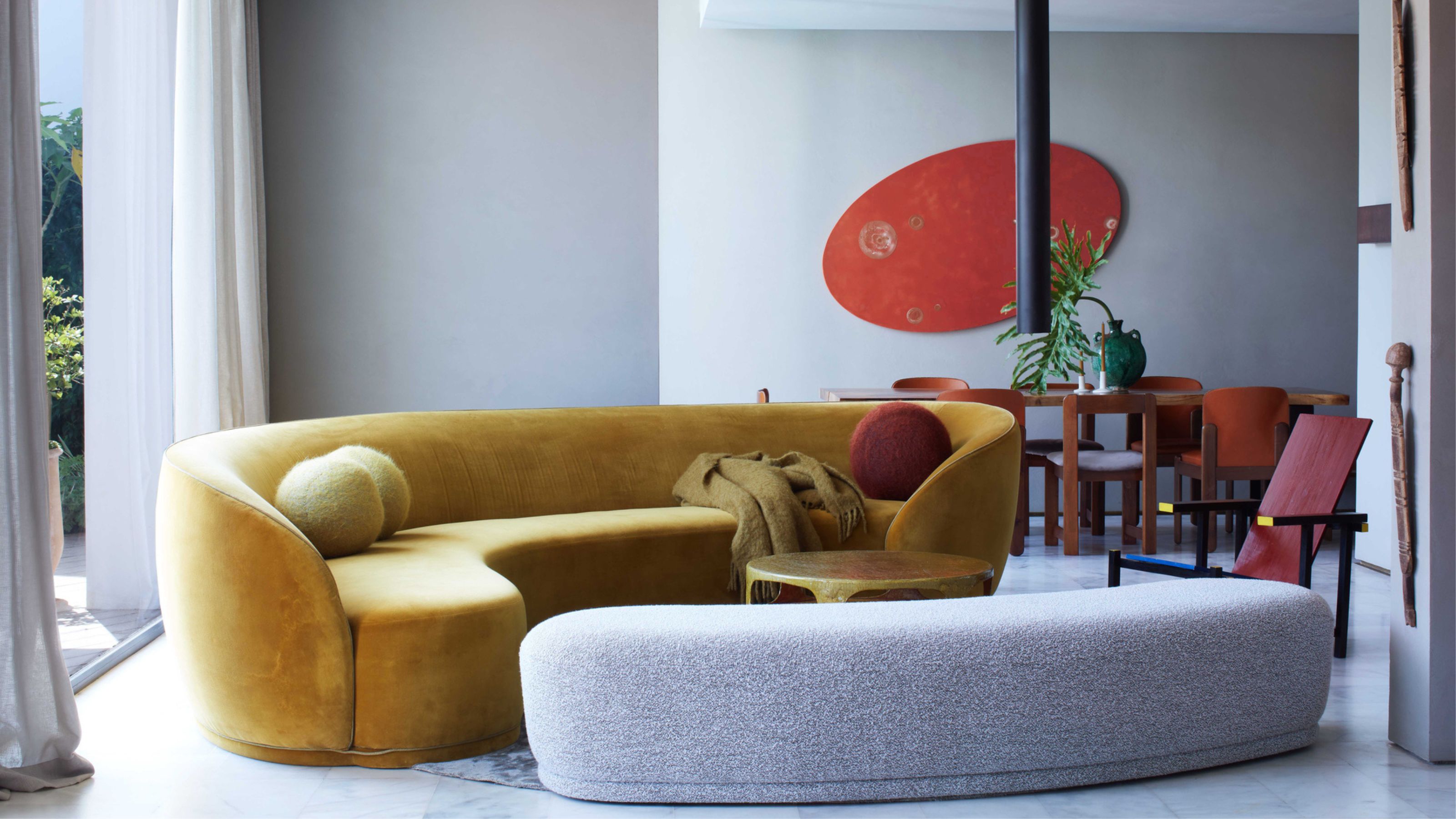 Here's Why Decorating With Mustard Yellow Helps Fill Your Interiors With a Sense of "Confident Calm"
Here's Why Decorating With Mustard Yellow Helps Fill Your Interiors With a Sense of "Confident Calm"There is so much more to decorating with this turmeric-tinted sauce-wiggled-on-a-hotdog not-quite-yellow shade than meets the eye
By Amy Moorea Wong Published
-
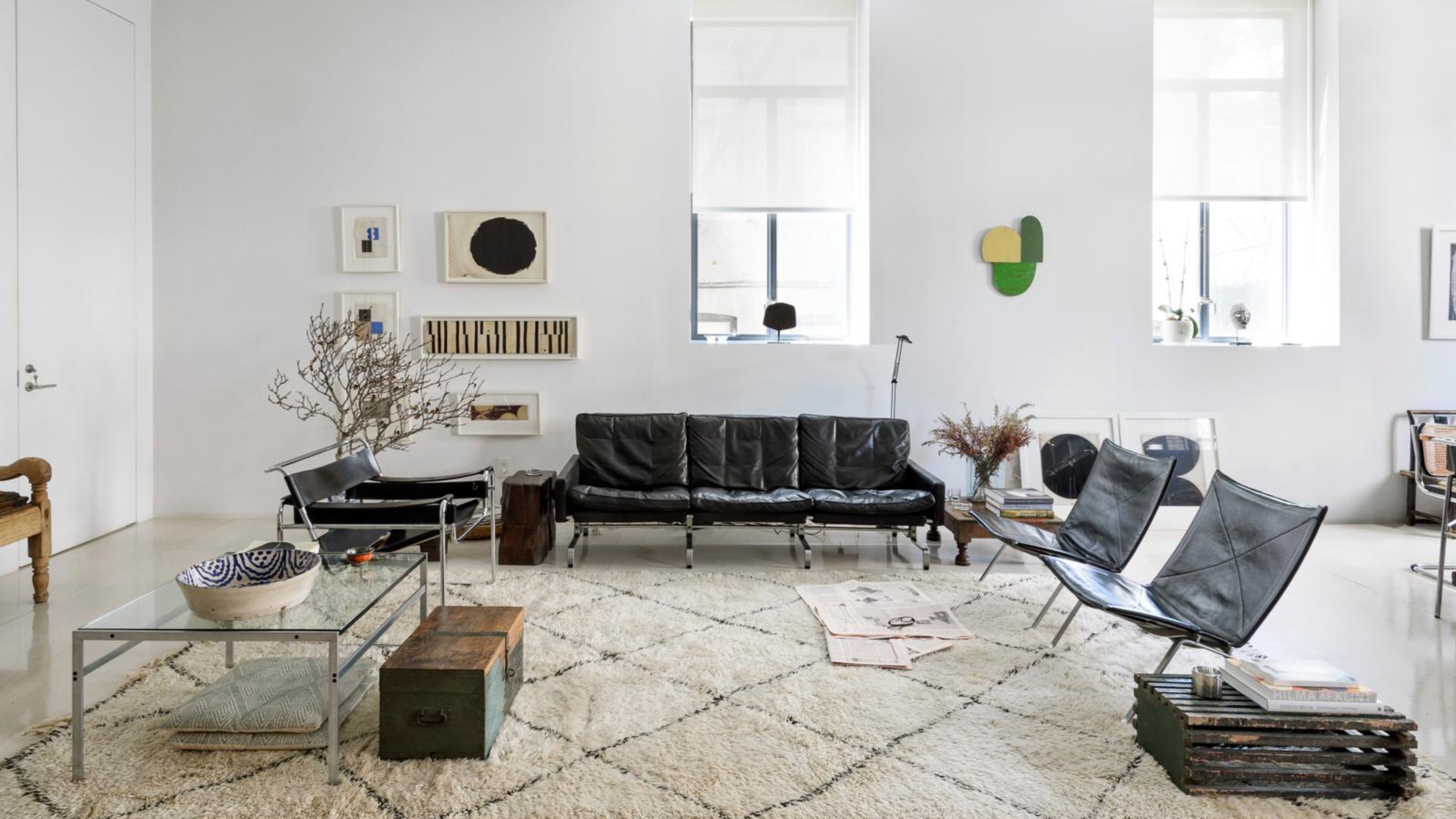 5 Problems With Painting Your Walls White That No-One Ever Talks About (Until Now)
5 Problems With Painting Your Walls White That No-One Ever Talks About (Until Now)White is the easiest neutral to work with...right? Interior designers explain why this shade is actually more complex than it may seem
By Olivia Wolfe Published
-
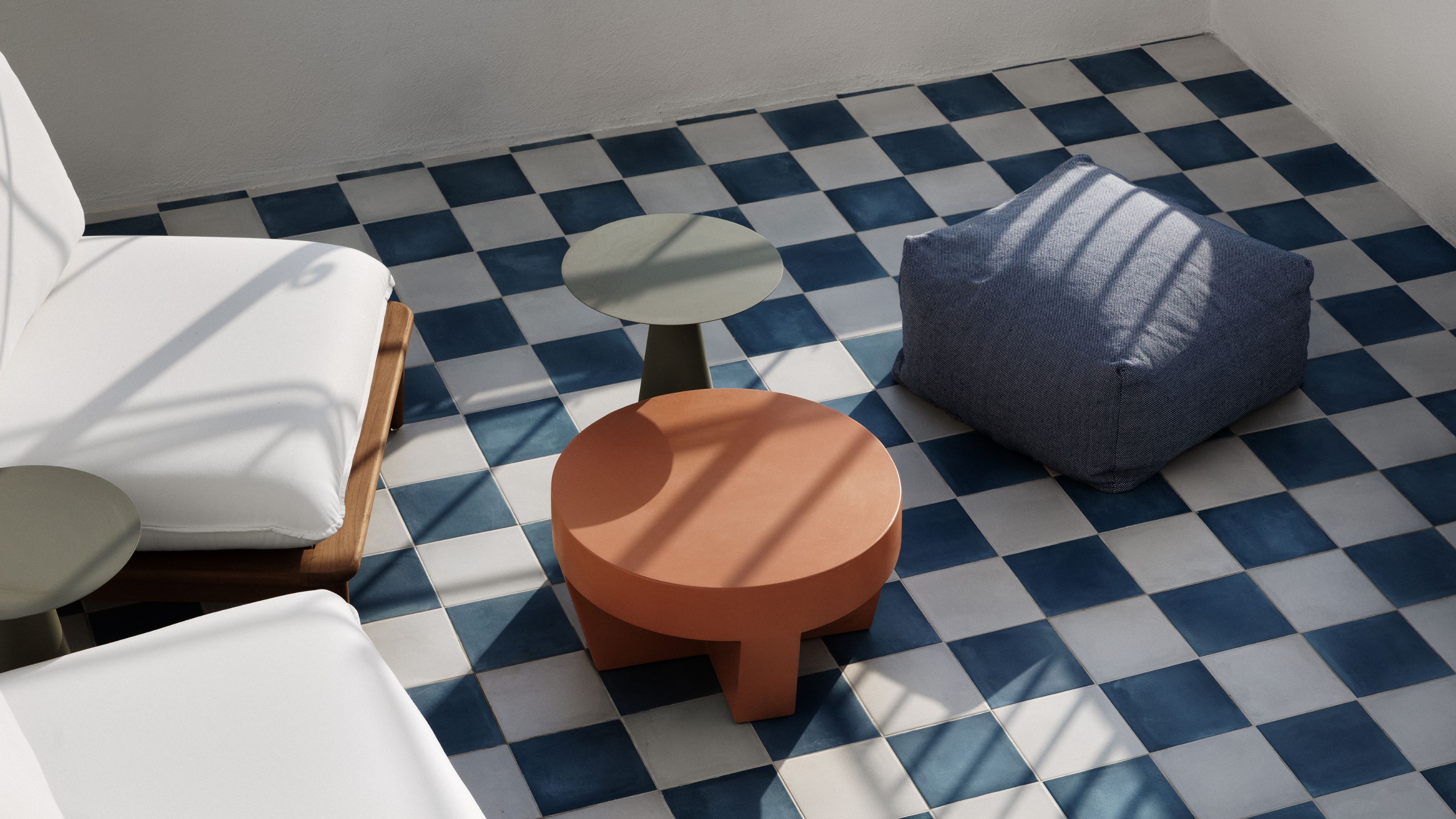 5 Mistakes That Are Making the Blue Details in Your Room Feel Old-Fashioned — And How to Rectify Them
5 Mistakes That Are Making the Blue Details in Your Room Feel Old-Fashioned — And How to Rectify ThemBlue is a timeless shade, no doubt, but use it in the wrong space or in the wrong way, and it can make a space feel, well... a bit blue
By Kelly Hushin Published
-
 5 of the Best Navy Blue Paint Colors That Designers Love — And How to Use Them
5 of the Best Navy Blue Paint Colors That Designers Love — And How to Use ThemNavy blue has timeless appeal and can feel both modern yet classic, but what are the designers' favorite paints?
By Oonagh Turner Published
-
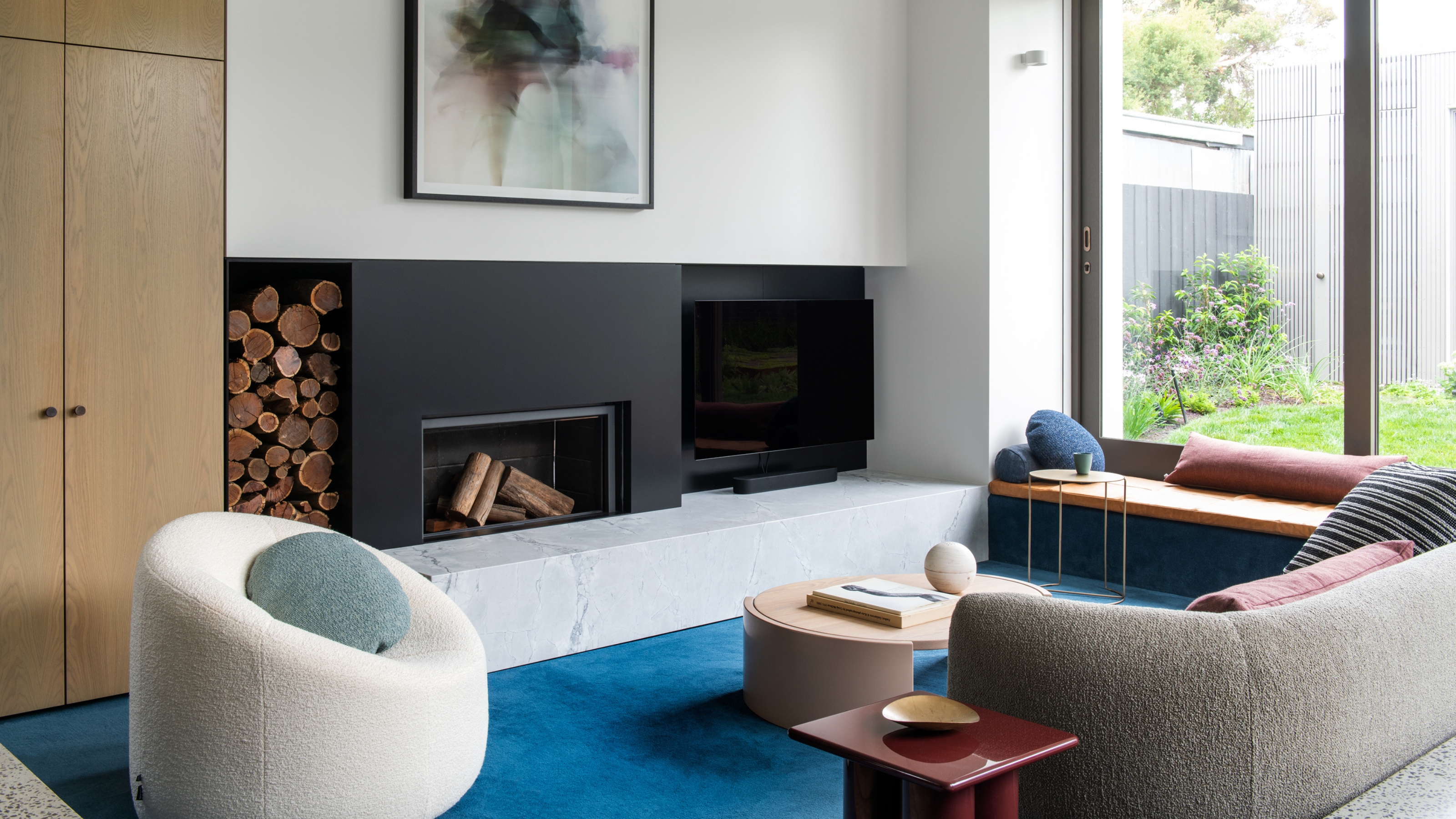 Should Your Carpet Be A Darker Color Than Your Walls? How to Make This Bold Look Work
Should Your Carpet Be A Darker Color Than Your Walls? How to Make This Bold Look WorkNot every room can get away with a carpet that is darker than the walls; Designers share when and where this combination works best
By Olivia Wolfe Published
-
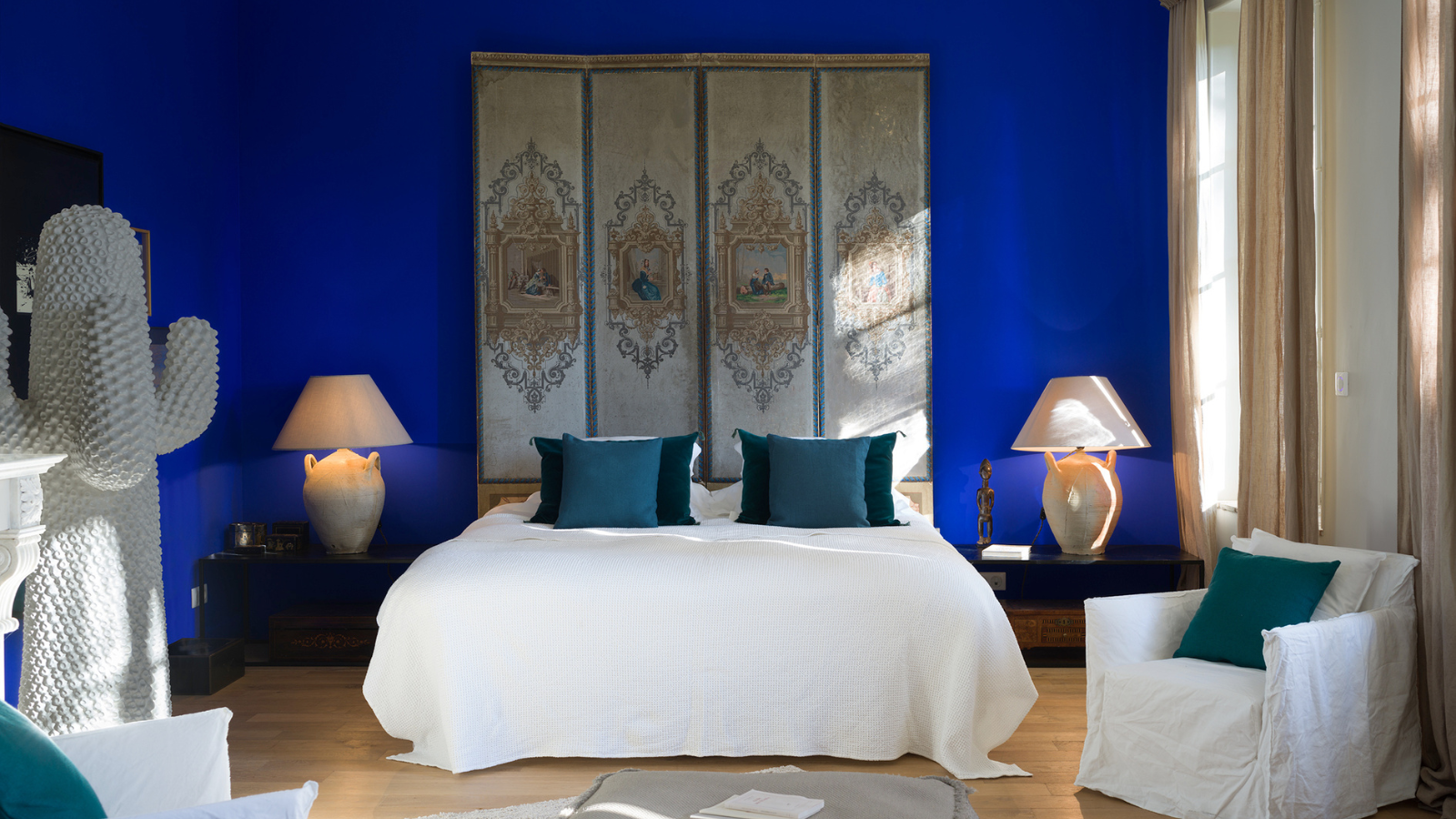 What Actually Is Yves Klein Blue? A Short History of This Iconic Color, and How to Decorate With It
What Actually Is Yves Klein Blue? A Short History of This Iconic Color, and How to Decorate With ItExplore “the most perfect expression of blue” and how to free this pigment in your home
By Camille Dubuis-Welch Published
-
 Do Pink and Green Go Together in Interiors? A Professional Color Consultant's Verdict
Do Pink and Green Go Together in Interiors? A Professional Color Consultant's VerdictHow to make pink and green color combinations work for more contemporary interior schemes
By Olivia Wolfe Published
-
 The 'Grown-Up' Way to Decorate With Light Blue — This Shade Shouldn't Just "Be Resigned to the Baby's Room"
The 'Grown-Up' Way to Decorate With Light Blue — This Shade Shouldn't Just "Be Resigned to the Baby's Room"We explore how to bring the lighter intonations of blue into your home in a contemporary and thoughtful way
By Amy Moorea Wong Published

